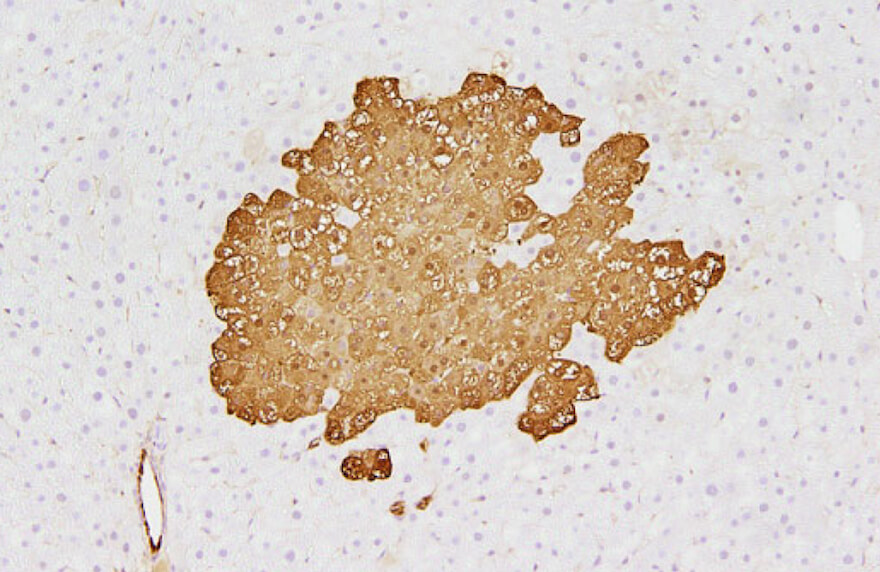Administration of the diuretic, spironolactone (SR), can inhibit chronic liver diseases. We determined the effects of SR alone or in combination with the antioxidant α-glycosyl isoquercitrin (AGIQ) on hyperlipidemia- and steatosis-related precancerous lesions in high-fat diet (HFD)-fed rats subjected to a two-stage hepatocarcinogenesis model. Rats were fed with control basal diet or HFD, which was administered with SR alone or in combination with an antioxidant AGIQ in drinking water. An HFD increased body weight, intra-abdominal fat (adipose) tissue weight, and plasma lipids, which were reduced by coadministration of SR and AGIQ. SR and AGIQ coadministration also reduced hepatic steatosis and preneoplastic glutathione S-transferase placental form-positive foci, in association with decrease in NADPH oxidase (NOX) subunit p22phox-positive cells and an increase in active-caspase-3-positive cells in the foci. Hepatic gene expression analysis revealed that the coadministration of SR and AGIQ altered mRNA levels of lipogenic enzymes ( Scd1 and Fasn), antioxidant-related enzymes ( Catalase), NOX component ( P67phox), and anti-inflammatory transcriptional factor ( Pparg). Our results indicated that SR in combination with AGIQ had the potential of suppressing hyperlipidemia- and steatosis-related early hepatocarcinogenesis through the reduced expression of NOX subunits.
Spironolactone in Combination with Alpha-glycosyl Isoquercitrin Prevents Steatosis-related Early Hepatocarcinogenesis in Rats through the Observed NADPH Oxidase Modulation
View Full Text
Hirotada Murayama, Ayumi Eguchi, Misato Nakamura, Masahi Kawashima, Rei Nagahara, Sayaka Mizukami, Masayuki Kimura, Emi Makino, Naofumi Takahashi, Ryoichi Ohtsuka, Mihoko Koyanagi, Shim-mo Hayashi, Robert R. Maronpot, Makoto Shibutani, and Toshinori Yoshida
View Full Text